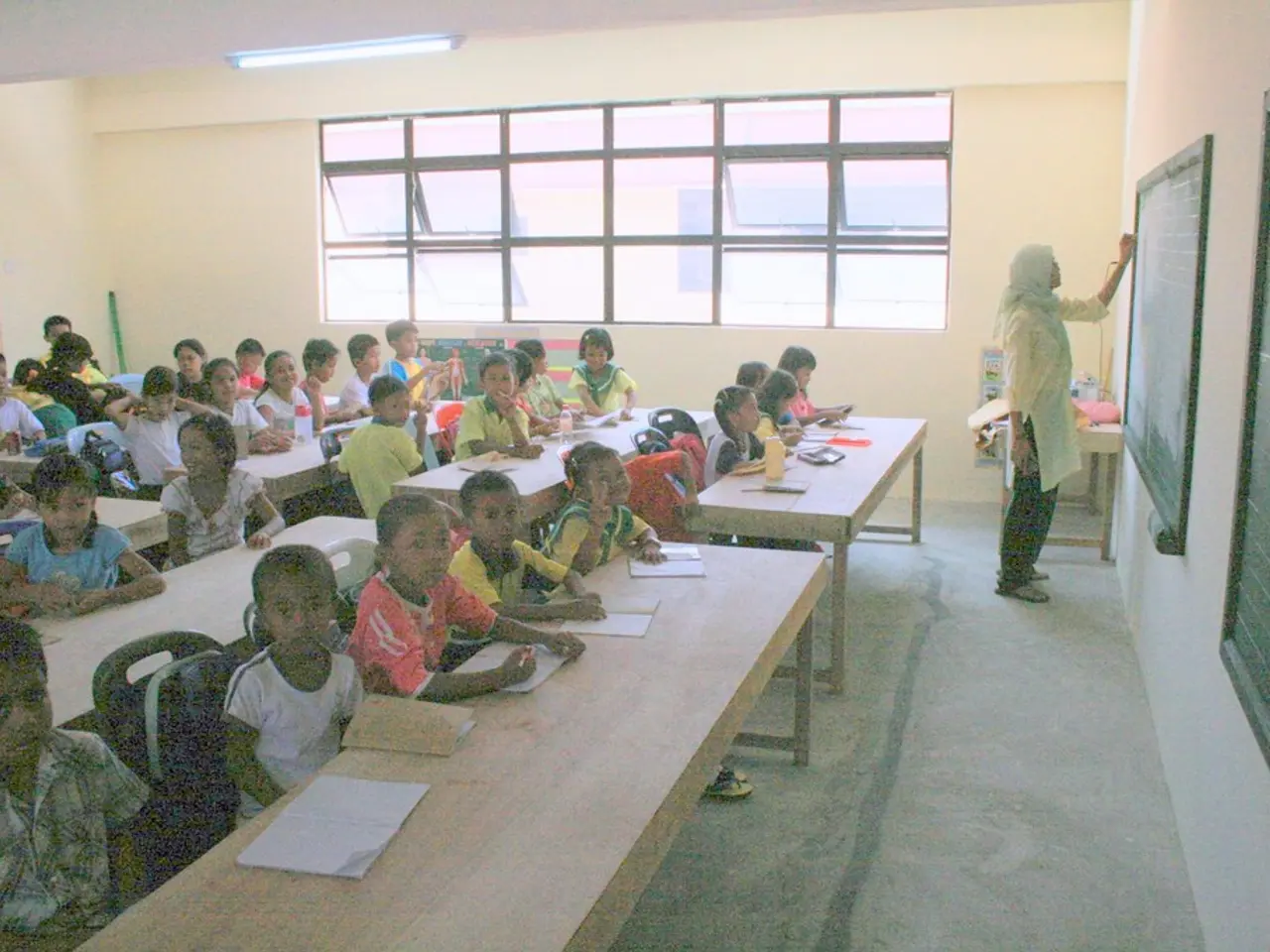Managing the Tech Explosion: Four Methods for Schools to Cope with the Surge in Devices
In today's digital age, K-12 schools are increasingly adopting 1:1 student-to-device programs to enhance learning experiences and bridge learning gaps. Here's a look at how schools can effectively manage these programs to ensure devices remain reliable tools for teaching and learning throughout the academic year.
1. Proactive and Scheduled Maintenance
Regular, scheduled maintenance checks are crucial for identifying and remedying potential issues before they disrupt learning. This includes optimizing performance, conducting hardware diagnostics, performing software updates, and monitoring system health to keep devices functioning optimally.
2. Robust Technical Support and Warranty Plans
Providing priority technical support with dedicated teams ensures rapid troubleshooting and repair, minimizing downtime. Schools should also invest in comprehensive warranty and insurance plans that cover accidental damage, liquid spills, electrical surges, theft, and facilitate efficient claim processing to reduce repair delays and unexpected costs.
3. Classroom Management and Usage Policies
Deploying effective classroom management platforms helps teachers maintain focus and reduce distractions on district-owned devices. Clear policies on device use and responsible digital citizenship should be taught and enforced, including guidelines for home and school use to protect the devices and maintain safe digital behavior.
4. Budget Planning and Stakeholder Engagement
Schools, especially growing districts, must carefully prioritize technology budgets balancing infrastructure needs and device management. Engaging parents and guardians with transparency about device protections and usage policies builds trust. Some schools consider shared repair costs or technology fees with families as part of sustaining the program.
5. Device Management Practices
For younger students, devices can be stored in locked carts for supervised use. For older students, issuing devices to take home requires clear responsibility policies for device care and reporting damage quickly. Use of specialized management tools and software suites can provide IT staff, teachers, and parents with better oversight and control over device usage and security.
Extending Device Lifespans and Efficient Management
Asset management software can track device depreciation, warranties, and licensing information, making the most of limited budgets. It can also track real-time device locations, status, and inventories, reducing surplus, forecasting future needs, and staying on top of maintenance.
Empowering Students and Fostering Responsibility
Engaging a student-led tech team can be a smart, cost-effective way for schools to manage technical support and empower learners with real-world skills. Offering a technical certification or partnering with local community colleges for dual credit can incentivize students to participate. Schools can foster a culture of responsibility and device care through educational campaigns about best practices for handling devices.
Preparing for a Digitally-Driven Future
Embracing a 1:1 digital device program can prepare students for a digitally-driven world, providing a personalized and enriched learning experience. Widespread adoption of 1:1 student-to-device programs places a heavy burden on district resources for device upkeep, security, and software updates. A dedicated committee, consisting of teachers, librarians, IT staff, administrators, parents, school board members, and student representatives, is crucial for effective digital device management in schools.
Notable Figures in Education Technology
Phil Hintz, Carl Hooker, Shad McGaha, and Eva Mendoza are notable figures in the field of education technology. Their work has significantly contributed to the advancement of technology in education and the implementation of successful 1:1 student-to-device programs.
Conclusion
By implementing comprehensive strategies that focus on device maintenance, support, and lifespan extension, K-12 schools can effectively manage the surge in 1:1 student-to-device programs, ensuring devices remain reliable tools for teaching and learning throughout the academic year.
- Scheduled maintenance checks, including performance optimization, hardware diagnostics, software updates, and system health monitoring, are essential for maintaining device reliability in K-12 schools.
- Priority technical support with dedicated teams and comprehensive warranty and insurance plans can help minimize downtime and repair delays, ensuring devices remain functional for teaching and learning.
- Classroom management platforms and clear usage policies can help teachers manage devices effectively, reduce distractions, and ensure devices are used responsibly both at school and at home.
- Budget planning, stakeholder engagement, and considering shared device repair costs or technology fees can help schools balance infrastructure needs and device management costs.
- Proper device management practices, such as locked cart storage for younger students and clear policies for device care and reporting damage, are important for ensuring devices remain in good condition.
- Asset management software can help track device depreciation, warranties, and licensing information, making the most of limited budgets and reducing device surplus.
- Engaging a student-led tech team can empower learners with real-world skills, while offering technical certification or partnering with local community colleges for dual credit can incentivize student participation.
- Embracing a 1:1 digital device program can prepare students for a digitally-driven world, but widespread adoption places a heavy burden on district resources, necessitating a dedicated committee made up of teachers, IT staff, administrators, parents, school board members, and student representatives.
- Notable figures in education technology, such as Phil Hintz, Carl Hooker, Shad McGaha, and Eva Mendoza, have significantly contributed to the advancement of technology in education and the implementation of successful 1:1 student-to-device programs.
- By following comprehensive strategies, K-12 schools can effectively manage their 1:1 student-to-device programs and ensure devices remain reliable tools for teaching and learning throughout the academic year.




